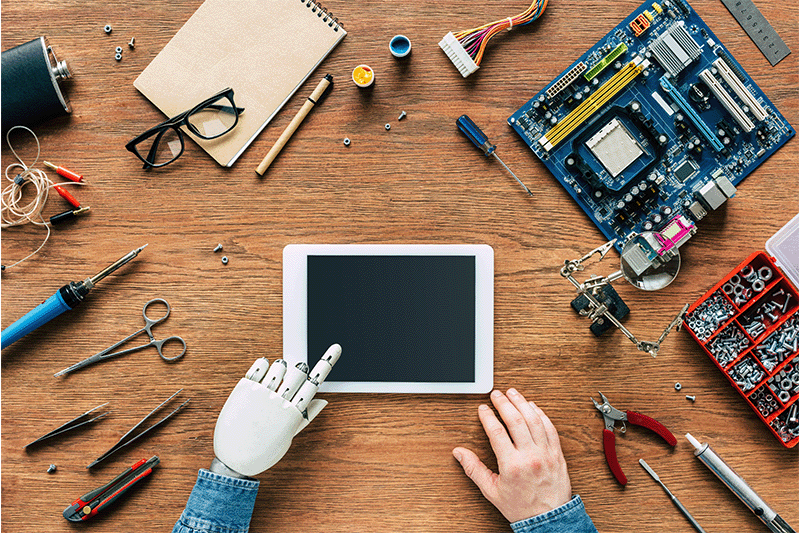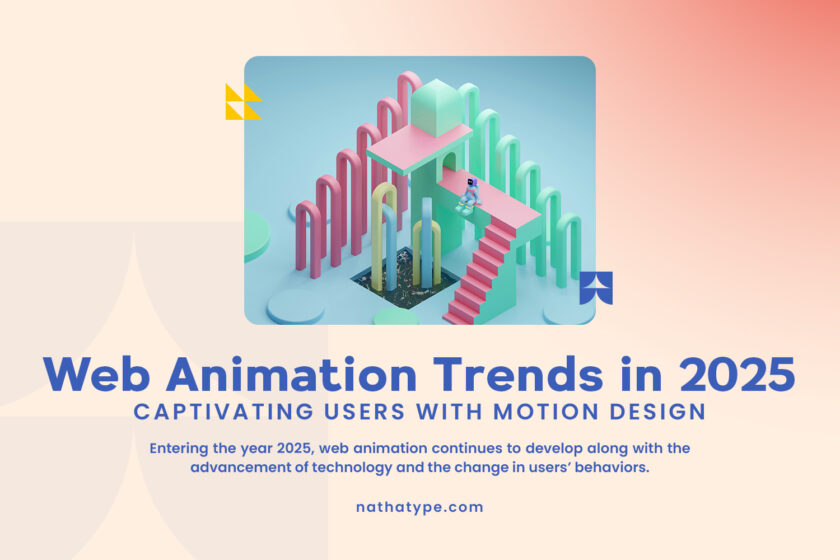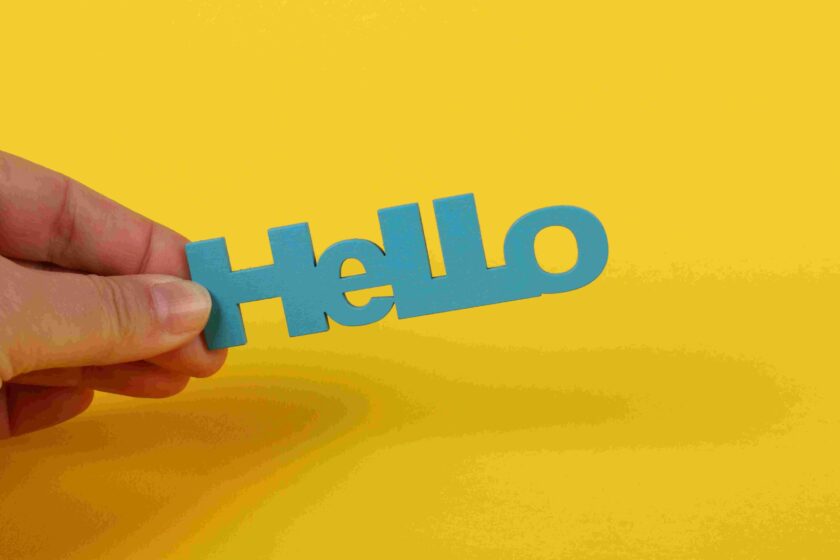
In this digital era, the demands on visual design continue to increase, whether for social media, marketing content, or brand identity. The same thing happens to the demand for a wide range of design assets and typography, encouraging designers to get more creative with their ideas while being fast and efficient at the same time. In the midst of this need, utilizing a font generator becomes an instant solution with quick and practical access. Anyone, even those without a design background, can access this tool. With just a few clicks, users can obtain various ready-to-use typography options. Such versatility makes digital tools increasingly popular as a choice to meet the fast-paced design needs.
However, is the ease and speed offered by font generators enough to build a brand? Branding is not just about a visually appealing appearance but rather an identity that can reflect the character, values, and uniqueness of a brand. Therefore, human creativity remains an important factor that cannot be fully replaced.
This article will explore the difference of using a font generator and utilizing human creativity in designing fonts. On one hand, this tool is here to provide quick and practical solutions in typography creation. However, on the other hand, human creativity has an advantage that cannot be replaced by technology. While generator tools operate within the constraints of algorithms and data, human designers can present original, relevant, and unique ideas.
Table of Contents
A font generator is a tool that automatically generates certain types of fonts or typography using software or websites. The algorithm processing organizes styles, shapes, and appearances so that the user can acquire new fonts without having to create them from scratch. In its most basic form, a font generator is a tool that allows users to easily create typography without requiring extensive design knowledge. Its popularity is growing because of its ease of use, immediate results, speed of execution, and the availability of various free versions.

Digital font maker tools have certain limitations you need to consider before using. The typography produced tends to be generic because it only follows algorithmic patterns or adjusts the basic templates provided, thus lacking distinctive features and giving a less original impression. In addition, this tool is unable to understand the context of brand identity, so the typography it produces may attract attention but does not reflect the character of a brand. In terms of flexibility, digital font-making tools only provide simple variations and are unable to produce complex typography or fonts.
Another significant limitation of using a font generator is its licensing status. Many font generators lack clarity regarding their usage rights, with some permitting the generated fonts for personal use only. If you use the font for commercial purposes without adhering to the applicable regulations, this condition undoubtedly poses legal risks. These limitations indicate that font generators should be positioned as supporting tools, not as primary solutions.

Humans have some advantages that even advanced digital tools cannot replace. First, designers have unlimited creativity that enables them to create unique and original, never-before-seen typography. Second, the designer has a deep understanding of the brand and target audience, so every typographic choice can truly represent the identity and message that needs to be conveyed. Third, mastery of technical typography details such as kerning, readability, and visual hierarchy makes the design results neater, more professional, and able to cater to the intended target audience. Lastly, the work produced by designers brings an emotional touch that can build a stronger connection with the audience, something that cannot be achieved by algorithm-based digital tools.
In the design world, the difference between using font generators and using fonts created by human designers becomes an incredibly fascinating topic to talk about. Both serve typographic needs, but they differ significantly in how well they address specific designer requirements, such as branding typography and legal considerations like licensing. To gain a deeper understanding of their difference, we conducted case studies by comparing a small brand that uses a font generator and a large brand that utilizes the work of human designers.
Many small new brands or online stores choose to use a font generator to build their visual identity. They choose to do that due to many factors, including cheaper cost, quicker process, and easier access. However, the typography generated using it tends to be generic and cannot really reflect the brand’s uniqueness.
For example, a small food business uses a font generator to create a logo. The result may be nice, but its letterforms are like those of many other brands that use similar generators. This condition makes it difficult for the brand identity to stick in consumers’ memories and therefore lacks strong competitiveness against competitors. In addition, the use of generator tools also poses a risk of unclear licensing if the font is used for commercial purposes.
Unlike small brands that use font generators, larger brands tend to place typography as the crucial core element in their branding strategy. As a result, they prefer to work with professional designers to create a special, customized font that functions not only as text but also as their strong visual identity. Let’s take Coca-Cola for example. This brand has an iconic typography that designers crafted with artistic and emotional details. This allows the font to embody the company’s brand and gain global recognition. Netflix is another example of a brand that uses typography that designers develop to be flexible across various media, easy to read, and consistent with their modern and dynamic brand character.
Based on the case studies presented above, it is obvious that font generators can be a quick and practical answer for small and developing businesses, albeit with generic outcomes that lack the aspect required to create a strong identity. However, larger, more established brands choose to collaborate with human designers to produce more customized typography that is distinctive, relevant, and meaningful, ultimately strengthening their brand identity over time.
Font generators offer convenience, speed, and easy access for anyone who wants to create instant typography. However, these tools are not the main solution in branding design. It is because a brand requires human designers’ creativity to be original, consistent, and emotive. The designer’s job remains fundamental because they can comprehend the context, design typography based on the brand’s requirements, and personalize it to the client’s personality. Thus, while font generators might help generate concepts, real and meaningful visual techniques still require the creative touch of humans.
In the end, strong branding is a long-term investment. Use a font generator as a tool, not as replacement. If you want your brand to stand out, be memorable, and can survive the tight competition, entrust the design to professional designers who can create a visual identity with vibrant characters.
You can also find a variety of unique and high-quality fonts at Nathatype, created directly by the hands of professional designers.


